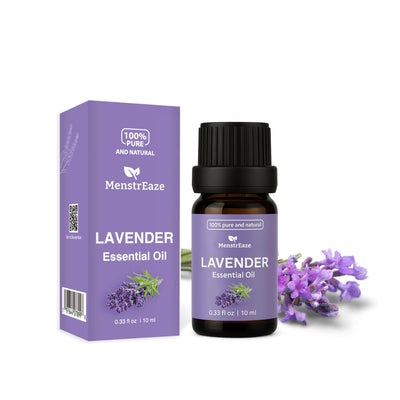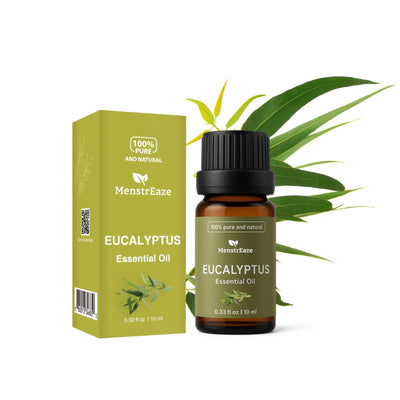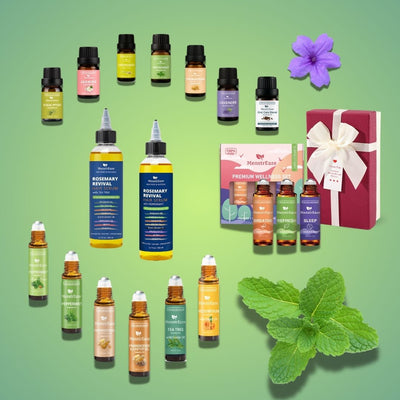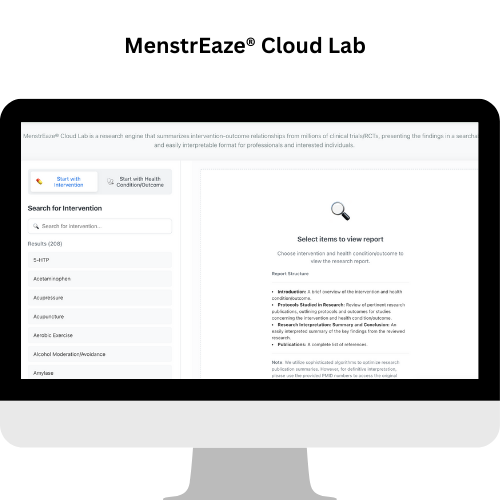Dealing with bumps on your arms, often just called "arm acne," can be frustrating. You're not alone! Many women experience this, and it can be influenced by everything from skincare habits to those ever-present hormonal shifts. If you've got your Lavender Oil Dropper, Eucalyptus Oil Dropper, and Tea Tree Roller handy, you might be wondering how they can fit into your arm care routine.
Drawing insights from this article, "Arm Acne for Women: Hormonal Causes & How to Get Rid of It," let's explore what might be causing those bumps and how your pre-diluted essential oils could offer support.
First Things First: What Exactly IS That "Arm Acne"?
This article makes a crucial point right away: "arm acne" isn't a one-size-fits-all diagnosis. What looks like acne could actually be one of several conditions:
- Acne Vulgaris: This is true acne, involving clogged pores (blackheads, whiteheads), inflamed spots (papules, pustules), and sometimes deeper lesions. It's caused by excess oil, dead skin cells, bacteria (like C. acnes), and inflammation.
- Keratosis Pilaris (KP): Often called "chicken skin," these are small, rough, dry bumps caused by a buildup of keratin in hair follicles. They usually don't itch but can feel like sandpaper.
- Folliculitis: This is an inflammation or infection of the hair follicles, appearing as small, pimple-like pustules or red bumps, often itchy or slightly painful. It can be caused by bacteria, fungi, or irritation (like from shaving).
Why does knowing the difference matter? Because, as the article stresses, treatments for one can be ineffective or even worsen another! For example, drying acne treatments could aggravate KP. If you're unsure, a consultation with a dermatologist for an accurate diagnosis is the best starting point.
Foundational Care: The Non-Negotiables
Before exploring essential oils, the article highlights that effective management depends on the specific condition. Generally:
- For Acne Vulgaris: Treatments aim to reduce oil, speed up cell turnover, fight bacteria, and calm inflammation (e.g., using benzoyl peroxide, salicylic acid, retinoids).
- For Keratosis Pilaris: Management focuses on gentle exfoliation (with AHAs, BHAs, urea) and intensive moisturization.
- For Folliculitis: Treatment is cause-dependent (e.g., topical antibiotics for bacterial types, antifungals for fungal, or stopping irritating practices).
Across the board, gentle cleansing, avoiding harsh scrubbing, wearing loose clothing, and appropriate moisturization are beneficial.
How Your Diluted Oils Might Support Your Skin
Always perform a patch test with any new product on a small area of skin and wait 24-48 hours to check for sensitivity.
Here’s what the article suggests about the potential roles of lavender, eucalyptus, and tea tree oil:
Your Diluted Tea Tree Roller
- Best Suited For: Acne Vulgaris and Folliculitis.
- Why: Tea tree oil is highlighted as one of the more extensively studied essential oils for acne. It has strong antibacterial activity against C. acnes (the acne bacteria) and anti-inflammatory effects. Clinical studies even show it can reduce inflammatory acne lesions. For folliculitis, its antimicrobial properties are relevant for infectious types.
- How to Use: The roller offers convenient, targeted application. After cleansing, apply directly to individual acne blemishes or inflamed follicles on your arms.
- For KP? The article suggests TTO could help reduce bumps associated with KP due to its anti-inflammatory/antibacterial effects when mixed with a carrier oil like coconut oil.

Your Diluted Lavender Oil Dropper
- Best Suited For: Acne Vulgaris (especially inflamed types), Folliculitis (especially irritant types), and supportive care for Keratosis Pilaris.
- Why: Lavender oil is known for its calming, soothing, antimicrobial, and anti-inflammatory properties. For acne, it can help calm inflamed lesions and support healing. For folliculitis, especially razor burn or irritation, its soothing and healing aspects are beneficial. For KP, it's suggested for soothing and skin regeneration when mixed with a carrier.
-
How to Use: Since it's already diluted in a dropper:
- Apply a few drops directly to inflamed acne spots or irritated areas of folliculitis.
- For broader application on arms (e.g., for soothing KP or generally calming acne-prone skin), you could mix a few drops with your favorite gentle, non-comedogenic body lotion or a bit more carrier oil.
- Hormonal Note: The article mentions that lavender oil (along with TTO) has been a subject of discussion for potential endocrine effects, but also notes that broader evidence for this is considered doubtful by some sources, especially with appropriate use. However, caution is advised by some for individuals with estrogen-dependent cancers.

Your Diluted Eucalyptus Oil Dropper
- Best Suited For (According to the Article): Acne Vulgaris and Folliculitis.
- Why: Eucalyptus oil is noted for its antimicrobial and anti-inflammatory properties and is used in some anti-acne formulations. It may also help improve skin barrier function. These properties make it useful for both acne bacteria and the infectious/inflammatory aspects of folliculitis.
-
How to Use: As it's already diluted:
- Can be applied as a spot treatment to individual acne lesions or areas of folliculitis.
- The article doesn't specifically mention its use for KP.
- Hormonal Note: The article mentions one study where eucalyptol (from eucalyptus) could inhibit DHEA production with prolonged exposure, suggesting a potential for steroid imbalance, warranting mindful use.

Integrating Your Oils into Your Arm Care Routine
- Cleanse: Start with clean skin, using a gentle cleanser suitable for your arm condition.
- Exfoliate (If Appropriate): If you have acne or KP (and not active, inflamed folliculitis), incorporate gentle exfoliation a few times a week as per conventional advice for those conditions.
-
Apply Oils:
- Spot Treat: Use your Diluted Tea Tree Roller or a drop from your Diluted Eucalyptus Oil dropper directly on active blemishes or inflamed follicles.
- Soothe & Calm: Apply a few drops from your Diluted Lavender Oil dropper to red or irritated areas. For wider areas, or for KP support, consider mixing it with a non-comedogenic moisturizer.
- Moisturize: Follow up with a suitable moisturizer, especially if managing KP or if the oils or other treatments are drying.
Safety First!
- Patch Test, Patch Test, Patch Test! Even though your oils are diluted, everyone's skin is different. Test on a small, inconspicuous area first.
- Understand the Role of EOs: The article positions essential oils as having supportive benefits due to their properties. They are not a standalone cure, especially for conditions like acne or KP which often require a multi-faceted approach.
- Listen to Your Skin: If any irritation, redness, or worsening occurs, discontinue use.
- Hormonal Sensitivities: The article discusses that some essential oils, including lavender, tea tree, and components of eucalyptus, have been studied for potential hormonal modulatory effects. If you have hormonally sensitive conditions or are concerned, it's best to consult your healthcare provider before regular use.
- Quality & Storage: While your products are pre-diluted, generally ensure essential oil products are stored properly (cool, dark place) to maintain their integrity.
When to See a Dermatologist
Seek professional help if:
- You're unsure what's causing the bumps on your arms.
- The condition is persistent, worsening, painful, or causing significant distress.
- Over-the-counter treatments (for acne, KP, or folliculitis as appropriate) haven't helped after 2-3 months.
- You have underlying health conditions or concerns about using any products, including essential oils.
Final Thoughts
Bumps on the arms, whatever their cause, can be managed. Understanding the likely cause is your first step. Your Diluted Lavender Oil, Eucalyptus Oil, and Tea Tree Oil products, when used mindfully and safely, can be valuable allies in your skincare routine, offering soothing, calming, and antimicrobial support as highlighted in the article "Arm Acne for Women: Hormonal Causes & How to Get Rid of It." Pair them with appropriate foundational care and don't hesitate to consult a dermatologist for a personalized plan.
Here’s to clearer, more comfortable skin on your arms!







